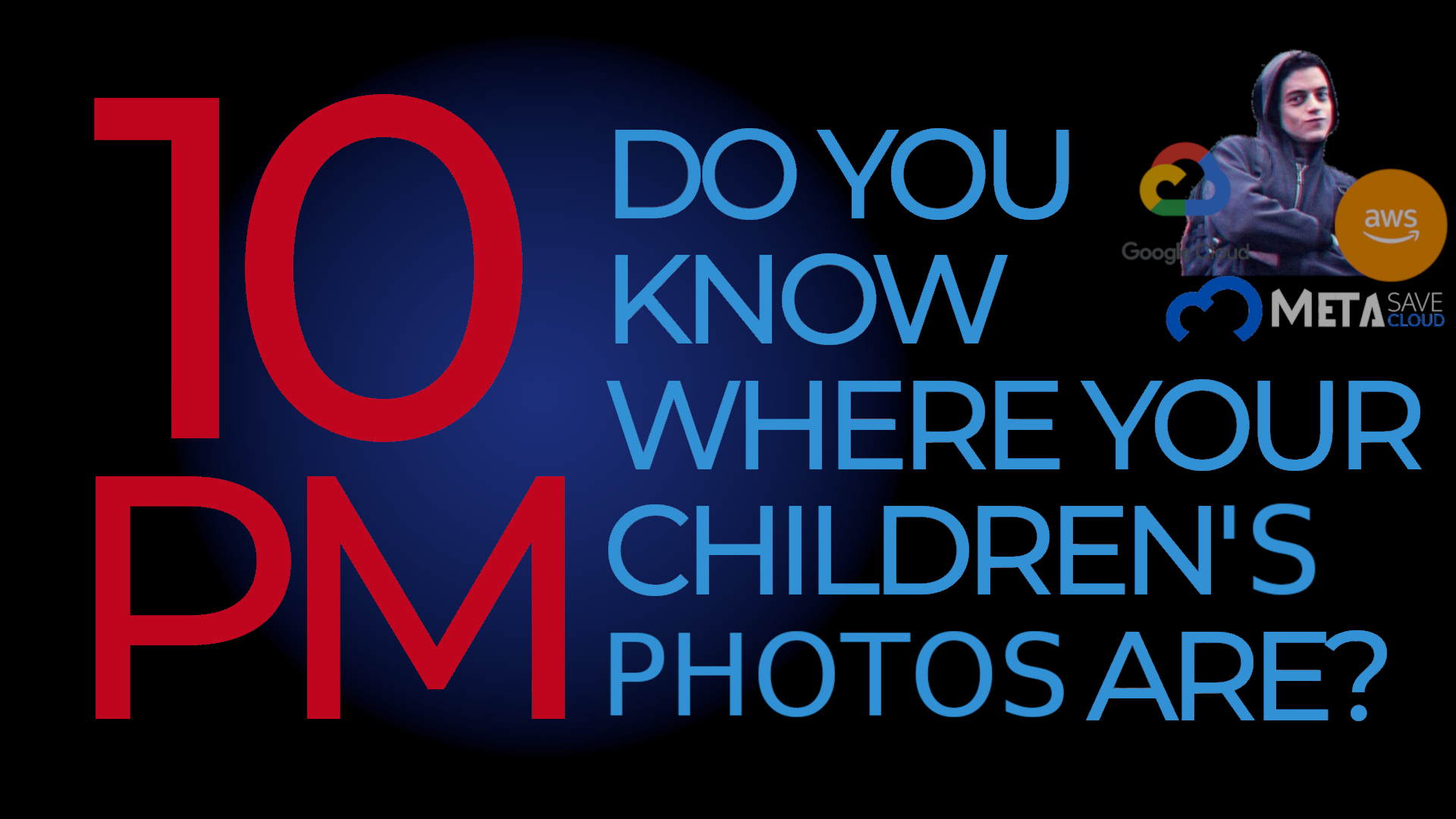cross-posted from: https://lemmy.dbzer0.com/post/36841328
Hello, everyone! I wanted to share my experience of successfully running LLaMA on an Android device. The model that performed the best for me was llama3.2:1b on a mid-range phone with around 8 GB of RAM. I was also able to get it up and running on a lower-end phone with 4 GB RAM. However, I also tested several other models that worked quite well, including qwen2.5:0.5b , qwen2.5:1.5b , qwen2.5:3b , smallthinker , tinyllama , deepseek-r1:1.5b , and gemma2:2b. I hope this helps anyone looking to experiment with these models on mobile devices!
Step 1: Install Termux
- Download and install Termux from the Google Play Store or F-Droid
Step 2: Set Up proot-distro and Install Debian
Open Termux and update the package list:
pkg update && pkg upgradeInstall proot-distro
pkg install proot-distroInstall Debian using proot-distro:
proot-distro install debianLog in to the Debian environment:
proot-distro login debianYou will need to log-in every time you want to run Ollama. You will need to repeat this step and all the steps below every time you want to run a model (excluding step 3 and the first half of step 4).
Step 3: Install Dependencies
Update the package list in Debian:
apt update && apt upgradeInstall curl:
apt install curl
Step 4: Install Ollama
Run the following command to download and install Ollama:
curl -fsSL https://ollama.com/install.sh | shStart the Ollama server:
ollama serve &After you run this command, do ctrl + c and the server will continue to run in the background.
Step 5: Download and run the Llama3.2:1B Model
- Use the following command to download the Llama3.2:1B model:
This step fetches and runs the lightweight 1-billion-parameter version of the Llama 3.2 model .ollama run llama3.2:1b
Running LLaMA and other similar models on Android devices is definitely achievable, even with mid-range hardware. The performance varies depending on the model size and your device's specifications, but with some experimentation, you can find a setup that works well for your needs. I’ll make sure to keep this post updated if there are any new developments or additional tips that could help improve the experience. If you have any questions or suggestions, feel free to share them below!
– llama
